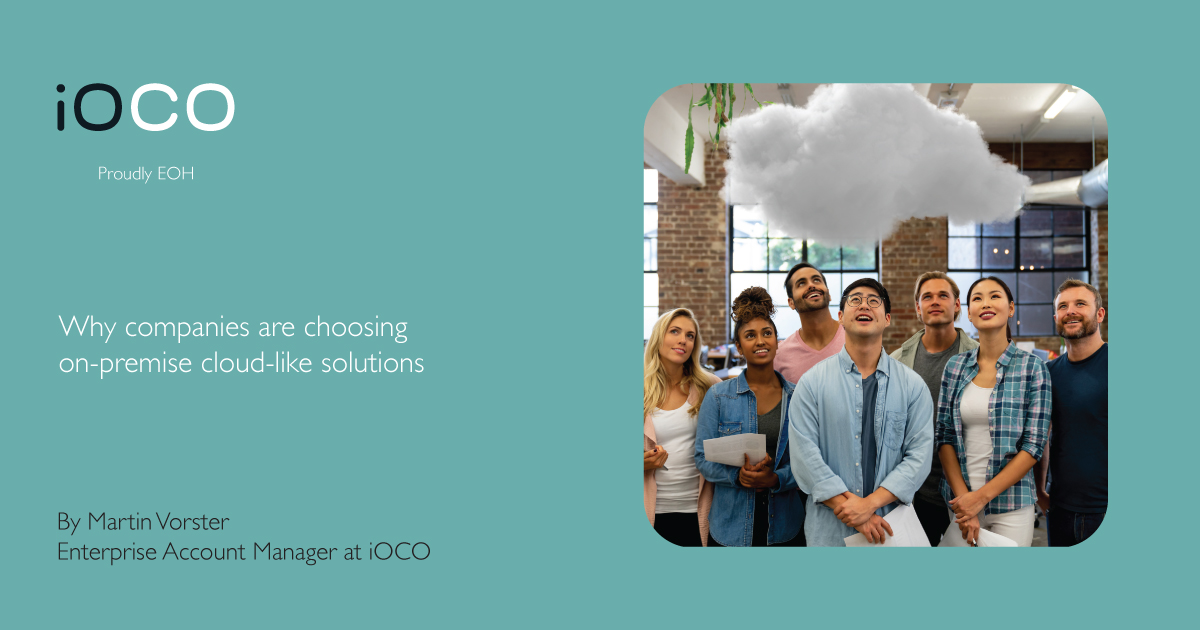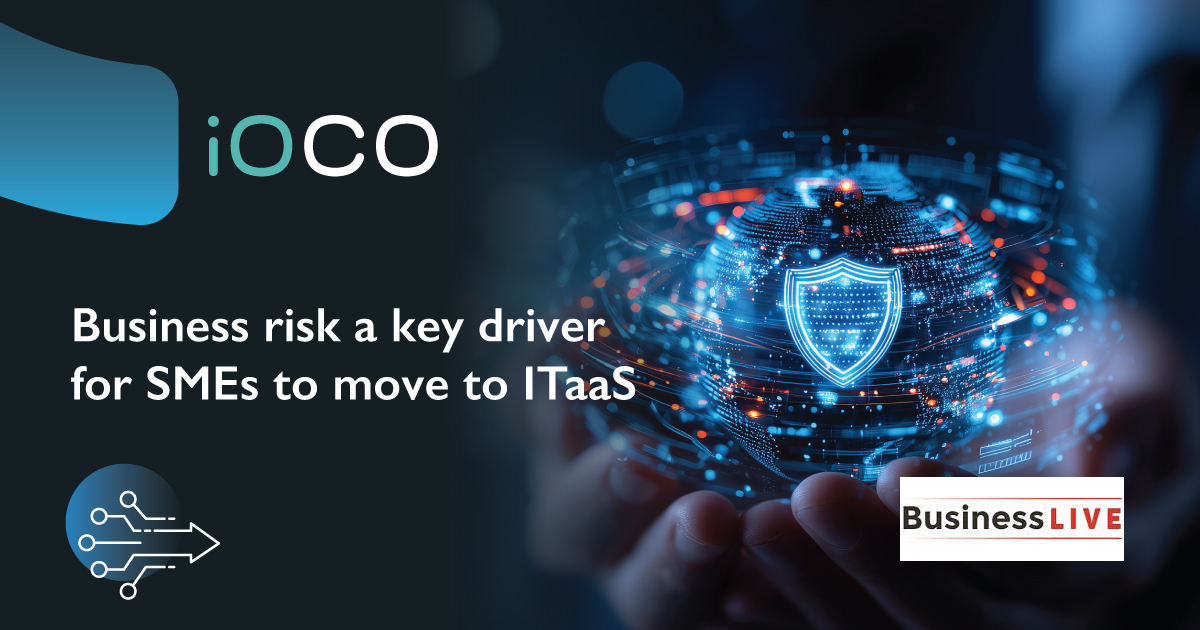By now, you should be well familiar with this story: digital transformation is propelling businesses into the modern era, cloud adoption is a necessary element of this transformation, so the recent acceleration of digital transformation has also hastened the uptake of cloud.
Businesses are transitioning to the cloud to reap the benefits of reduced costs, improved service quality and increased flexibility, while at the same time embracing a transformative new business model that is underpinned by emerging technologies like Artificial Intelligence and Machine Learning.
So all is good then, right? Well, not exactly. Things are seldom this simple and cloud adoption, as many enterprises are discovering, can be downright complicated and expensive. For some, the cloud journey has not only been disappointing, but in fact quite bruising.
I think that one of the most valuable lessons that companies have learnt about cloud adoption is there is no one-size-fits-all. On top of that, organisations often find that they have legacy applications that cannot be moved to the public cloud and, when going with a hyperscaler that has no in-country presence, also run into data sovereignty challenges.
Unplanned costs
Another unpleasant surprise that often awaits those who go to hyperscalers is unplanned data ingress and egress costs. While it is easy to get your data into the cloud, getting it out of a public hosting platform is very expensive. We’ve often seen companies expecting to pay a predictable amount per month for their cloud services yet receiving a surprise bill that is exponentially higher. But by then they’re in and spending big buckets of money.
Given these challenges, most companies that realise migrating to the public cloud is not feasible end up migrating the private cloud route. Others often feel compelled to choose between whether to keep all their data and applications where they are, or to shift everything to the cloud. While either choice comes with its own advantages, both have their drawbacks.
The go-to solution
Fortunately, these issues can be sidestepped with on-premises solutions that deliver a cloud-like experience and effectively negate the question of whether you’re fully in or out of the cloud. These as-a-service or consumption-based platforms, such as HPE GreenLake, bring the cloud to you and give you the best of both worlds. I would go as far as to say they are fast becoming the ‘go-to’ solutions for companies wanting to adopt cloud computing.
In essence, an as-a-service model outside the public cloud allows companies to modernise with the cloud that comes to them. This effectively means getting cloud economics on-premises, while still being able to maintain your legacy applications and providing you with faster access to your data and making it easier to manage.
We know that a key question for many companies is how to extract the most value out of their data, while also ensuring that it is optimally secured and managed. The fact that data now resides everywhere – from the edge of the cloud – can make this an onerous undertaking. However, the HPE GreenLake edge-to-cloud on-premises platform allows enterprises to maintain a level of control over their data that the public cloud often cannot, while also providing security at the edge.
A question of cost
But the burning issue in terms of business value is really cost containment and freeing up cashflow. From a financial perspective, a consumption-based as-a-service model will give you a very accurate idea of what you’ll pay for and enable you to do accurate forecasts. The pay-per-use model means you no longer have to incur capital expenditure (capex) upfront, but instead move to an operational expenditure (opex) model. This means your capex can go back into your business where it can make you money, instead of costing you.
All of this means that enterprises no longer have to agonise over their various cloud options, but can simply choose to modernise their business with the cloud that comes to them. Unfortunately, awareness around on-premises cloud-like platforms is still relatively low, so I urge you to have a look as it could well be the solution that makes sense for your business.
By Martin Vorster, Enterprise Account Manager at EOH (ioco.tech Division)



